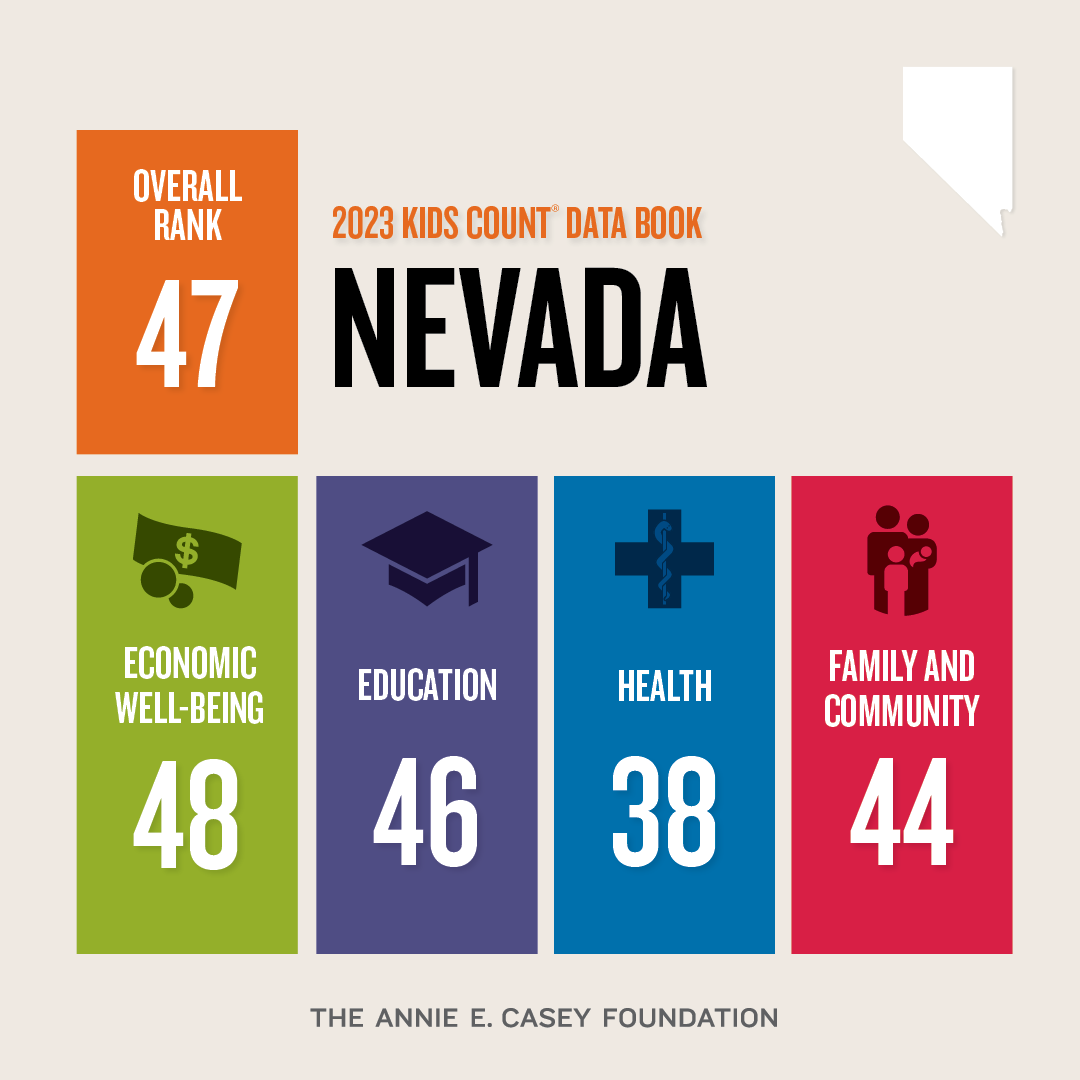
SUMMARY
The 34th edition of the Annie E. Casey Foundation’s KIDS COUNT ® Data Book describes how the country’s lack of affordable and accessible child care negatively affects children, families and U.S. businesses.
This year’s publication continues to present national and state data across four domains — economic well-being, education, health and family and community — and ranks states in overall child well-being. The report includes pre-pandemic figures as well as more recent statistics, and shares the latest information of its kind available.
THE STATE OF CHILD CARE IN THE UNITED STATES
America’s child care system is broken. Safe, reliable child care has largely been inaccessible and unaffordable for too many Americans. Disparities between who can and can’t afford child care reflect long-standing structural inequities in the United States. Shift workers, single parents, student parents and families of color are particularly affected by the failings of the child care system. Children are deprived of nurturing care, and caregivers are prevented from earning money to meet basic needs.
The child care system’s inadequacies hinder family economic mobility and perpetuate generational wealth gaps. Affordability impacts accessibility, and the cost of child care has tripled since the publication of the first KIDS COUNT Data Book in 1990. The inability to access care can force caregivers to have to leave work early, be late for work or miss days entirely. Even more troubling: Almost a quarter of parents report being fired because of difficulties accessing child care. It’s a cycle: Child care is inaccessible, the parent loses their job, which makes affording child care to secure a new job even more difficult.
And affordability isn’t the only determinant of access. Often, families can’t get to child care because of distance or a lack of public transportation infrastructure.
While families face rising costs and unreliable access, child care providers confront precarious operating conditions and low wages. Labor costs account for the bulk of child care providers’ expenses. With caregiver-to-child ratios mandated by law and safety best practices, operating a child care business is expensive. Though the associated costs get passed on to families, these businesses typically survive on profit margins of less than 1%. Wages are astonishingly low, with child care workers making less than 98% of the nation’s other workers.
To give kids, their caregivers and child care providers the best chance to thrive, policymakers must make significant improvements to the child care system.
RECOMMENDATIONS TO IMPROVE CHILD CARE
The need for a child care system that works for families and providers is urgent. The Foundation recommends policymakers take action:
Federal, state and local governments should invest more money in child care. State and local governments should maximize funding and strengthen regulations that increase funding for public prekindergarten and Head Start and streamline processes for qualifying for subsidies.
Public and private leaders should work together to improve infrastructure for home-based child care. Governments should increase access to startup and expansion capital for new home-based providers. Policymakers can dismantle obstacles to those looking to open these businesses and provide additional help to those currently in operation.
To help young parents, Congress should expand the federal legislation that serves student parents. Governments also can encourage higher education and business communities to reduce transportation challenges by co-locating child care at work and learning sites.
